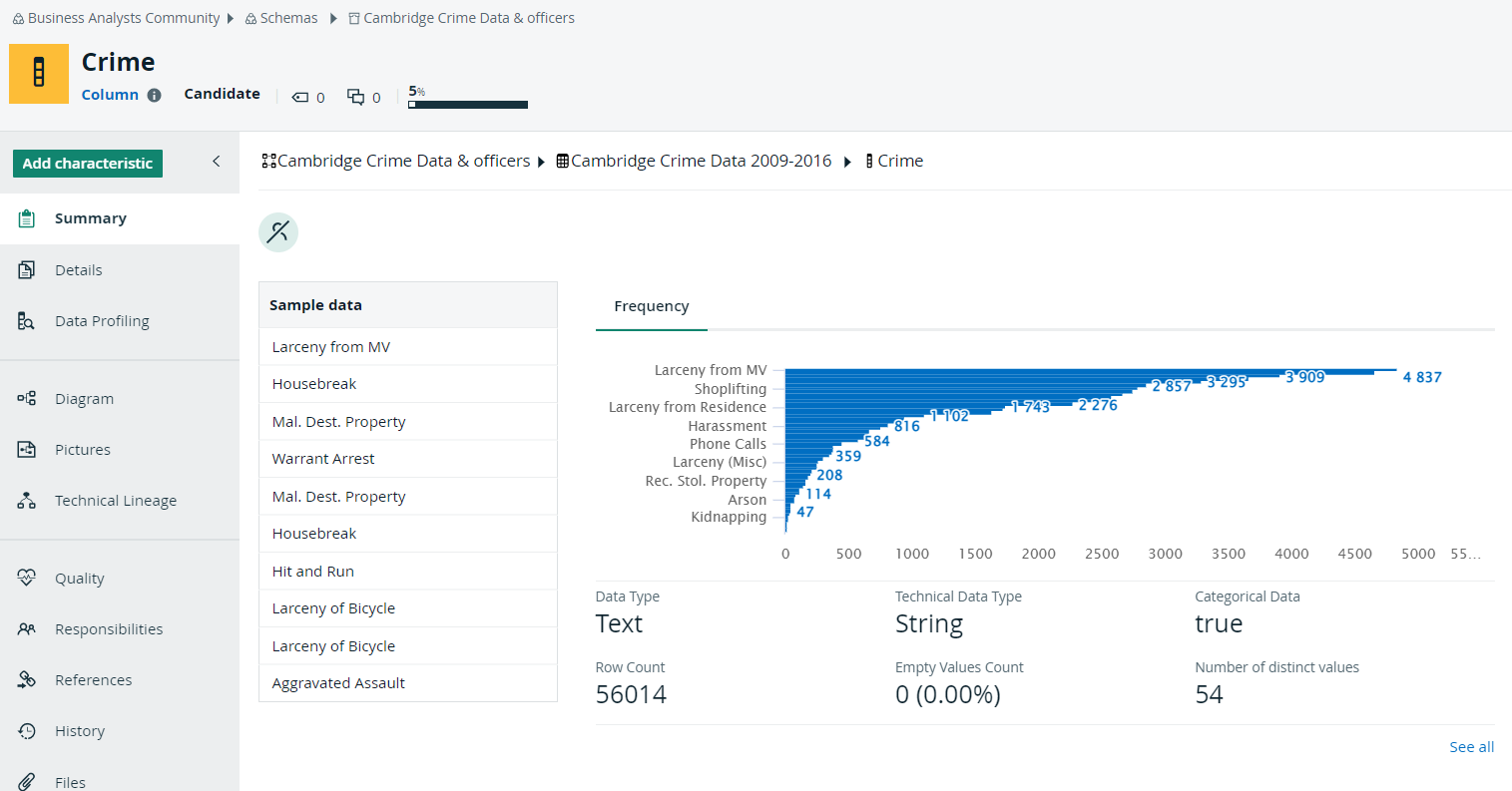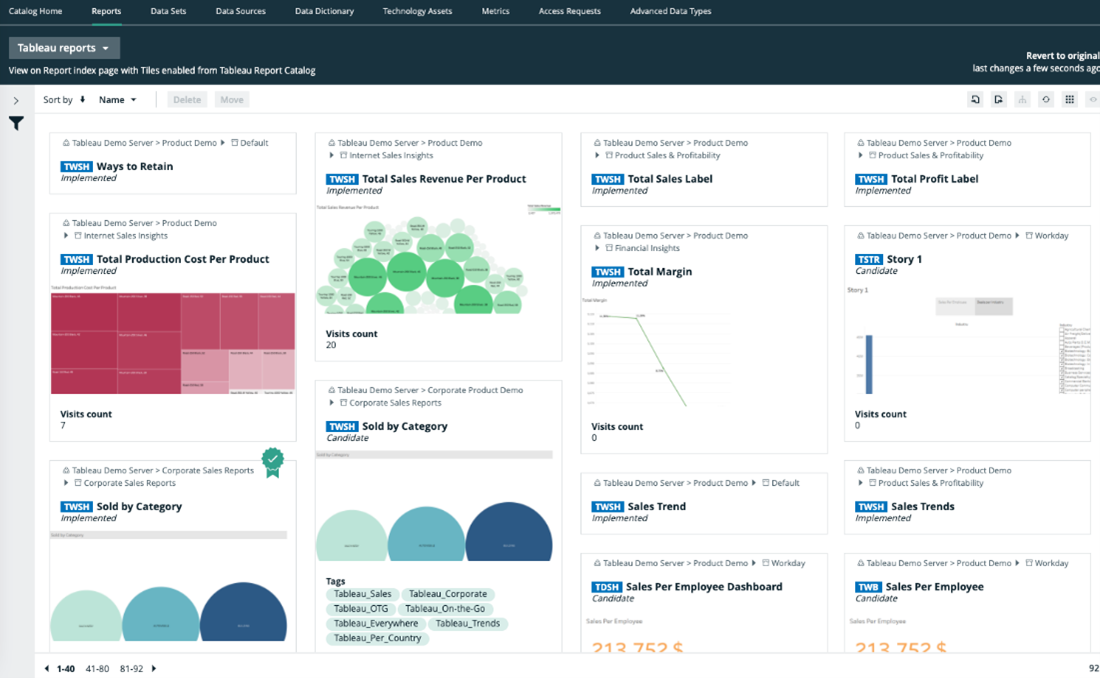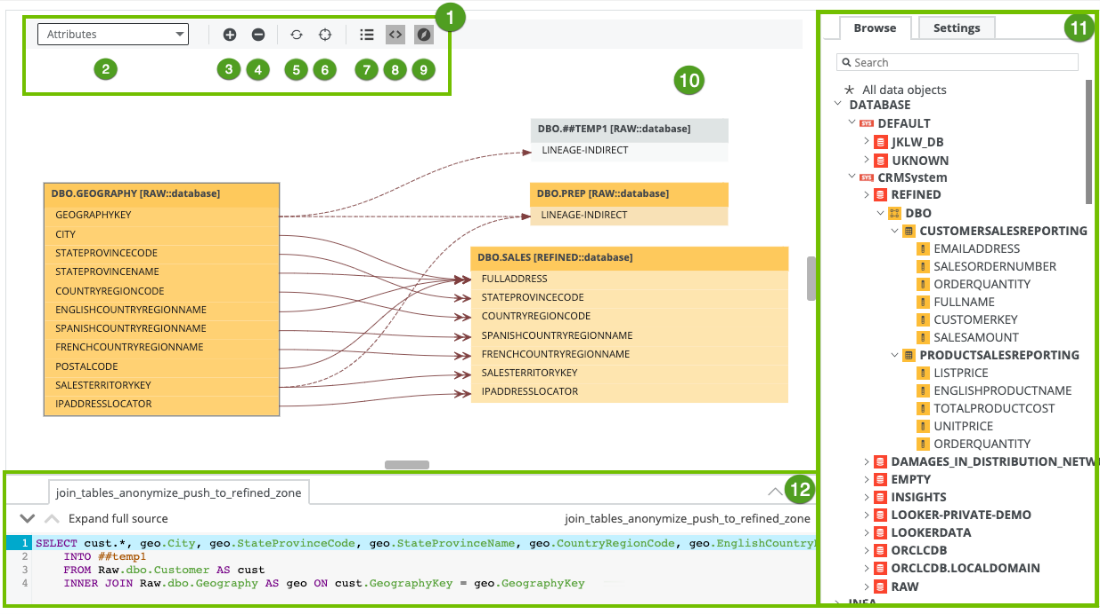Kick-starting your data governance track with Collibra automation
24 March 2022

Back in November 2020, we published a blog post that clarifies why Collibra is the best Data Governance tool. Now, a year and a half later, the question arises whether Collibra is still leading the pack? After all, data governance is a fast-growing business where changes can happen so quickly.
What has changed since November 2020?
Last time, we raised the following points to support our statement:
- Collibra is a flexible platform built for business users
- Collibra allows you to start small yet think big
- Collibra brings out the best in your existing BI tools
Those points still hold and remain as important as ever. After all, a data governance tool is no magic wand: you can't just buy the tool and expect to be "data-driven" straightaway. First and foremost, data governance revolves around people and processes, adapting how you work with your data. A data governance tool is just the helping hand to make that easier. And that's precisely where Collibra continues to shine: it makes data governance business-friendly, it enables you to work use case-driven, and it integrates well with popular BI tools.
So, if this still counts for Collibra, what has changed since then? To put it in one word: automation. Automation is becoming a native Collibra capability, allowing you as a company to focus on creating value from your data catalog rather than doing documentation work.
Curious to know what Collibra automation is capable of? Let's have a closer look into that.
Collibra automation makes it easier to fill your catalog from physical data sources
Filling your data catalog from physical data sources remains a major challenge if you need to fall back on manual efforts. It starts with ingesting physical data layer metadata, answering the simple question of which columns, tables, schemas, and databases you have.
Good news if you are a Collibra user: there is no need any longer to do this manually. You don't even need to set up your own integration. With Collibra, you can connect to a physical data source, choose from a wide array of connectors, and just sync. The result is a ready-made setup that creates columns, tables, and schemas. In addition, you can add profiling information to do a first basic data analysis if that’s what you want. And there's even an option to let Collibra auto-classify your columns based on a set of ready-made classifiers!

Collibra automation makes it easier to fill your catalog with reports
Now that you’ve ingested your data sources, no doubt you'll want to start using this metadata and solve questions such as “Where is this data used?”
Let’s say you're using Tableau. Then you might want to know which BI reports use what data columns. Does this mean you need to spend a lot of time documenting your BI reports first?
Again - not anymore! You can now ingest Tableau metadata through Collibra’s Data Catalog, which automatically provides you with an overview of Tableau projects, workbooks, worksheets, … along with their relevant report attributes to be created in Collibra. What’s more, you can also store a preview of your Tableau BI dashboard directly in Collibra.
In the next step, you can use Collibra's unique stitching functionality to automatically link your previously ingested data sources to the Tableau dashboards that use them. As a result, you know perfectly well what Tableau reports you have in place, their contents, and from where the data is coming. All without too much effort!


Collibra automation makes it easier to document your data flows
Data lineage is another domain where Collibra aims to make your life so much easier. A lot of businesses want to know how data flows through their organization. Because it can be such a labor-intensive task to document all this, it’s the perfect example of where automation can be really helpful.
That’s why Collibra has introduced its technical lineage harvester. The technical lineage harvester identifies transformations and flows between different data assets and populates Collibra with the results. Again, those results can be "stitched" with your previously ingested data sources.
The result is a technical lineage interface that enables you to explore the lineage of any column or table and even look at the source code to identify data transformation issues.

Collibra automation lets you kick-start your data governance track
In short, Collibra has taken some excellent steps when it comes to automation. Those new Collibra automation capabilities enable your company to get moving quickly with a usable data catalog, kick-starting your data governance track.
Now, you may think, "Isn’t Collibra a data governance tool built for business users? Do these new automation capabilities mean Collibra is rather becoming a tool for technical users?" Au contraire. Collibra automation capabilities do not shift its business focus at all. In fact, they aim to make it even easier for business users to get started with data governance – allowing you to focus more than ever on real business value by automating the technical documentation step as much as possible.
How can we help you?
Are you also interested in kick-starting your data governance track? Then you’ve come to the right place: Datashift has been elected ‘Customer Impact Partner of the Year’ by Collibra. So don't hesitate to get in touch
